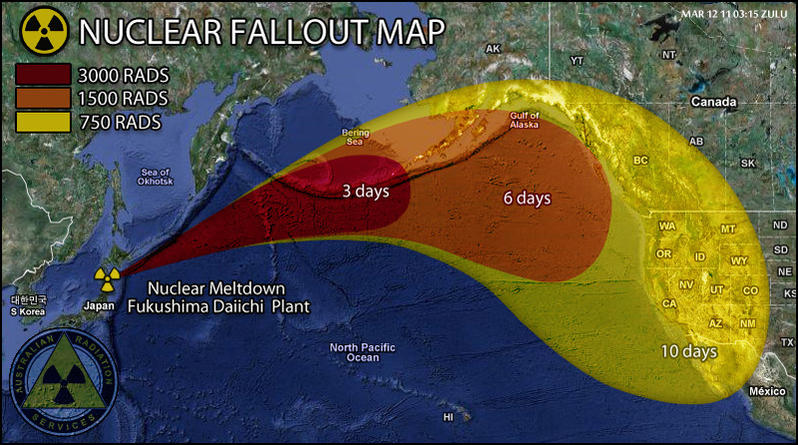Stirling Engine:
The Stirling heat engine is used in specialized applications where it is important to have quiet operation. It does not require any exhaust valves because the gasses in the Stirling do not leave the engine, which is what makes them so quiet. It has a high efficiency compared to steam engines as it can use almost any heat source. All of the heat transfers through the heat exchanger. There are different Stirling engines, such as the rotary Stirling, the two-cylinder Stirling with Ross yoke, and the Free Piston Stirling engine.
Peltier Cooler:
The Peltier cooler uses active heat pumps, or thermoelectric coolers (TEC), that allow the temperature to exceed the temperatures that a conventional cooling system or heat pipes could do. 70 degrees celsius is the maximum temperature difference between the hot and cold side of the TEC. However, the Peltier cooler has a low efficiency, meaning that it consumes more power than the amount of power it is transporting. They could consumes twice the amount of electricity than the amount of heat they export.

References:
http://auto.howstuffworks.com/stirling-engine.htm
https://tetech.com/peltier-thermoelectric-cooler-modules/
http://www.heatsink-guide.com/peltier.htm

















